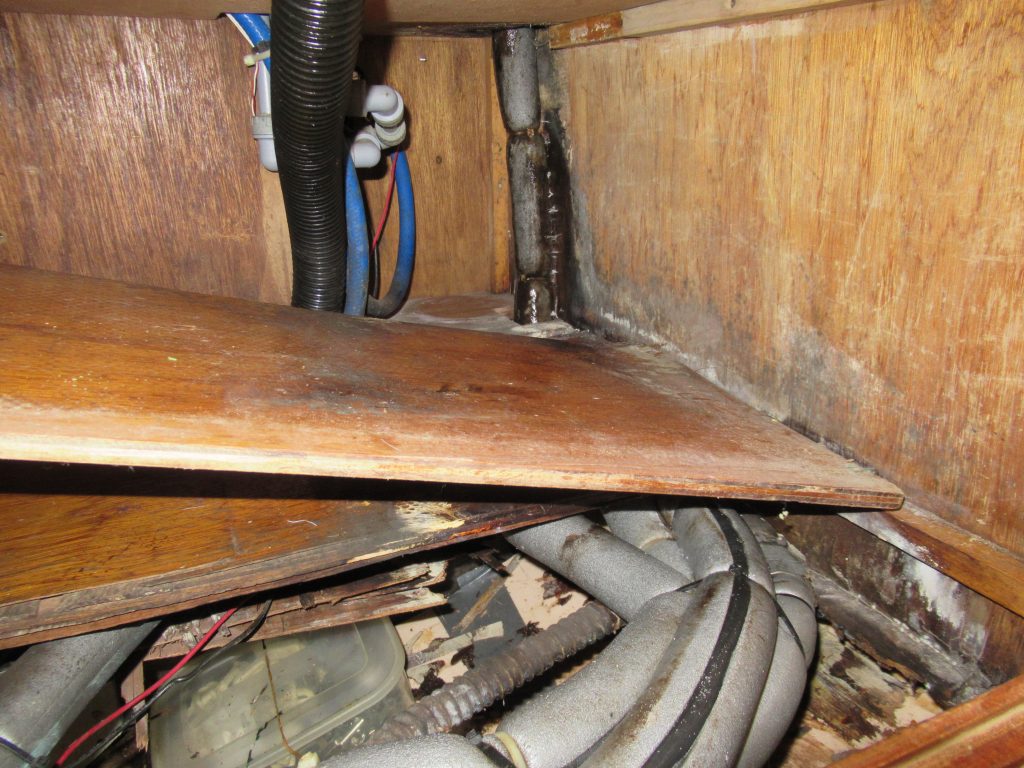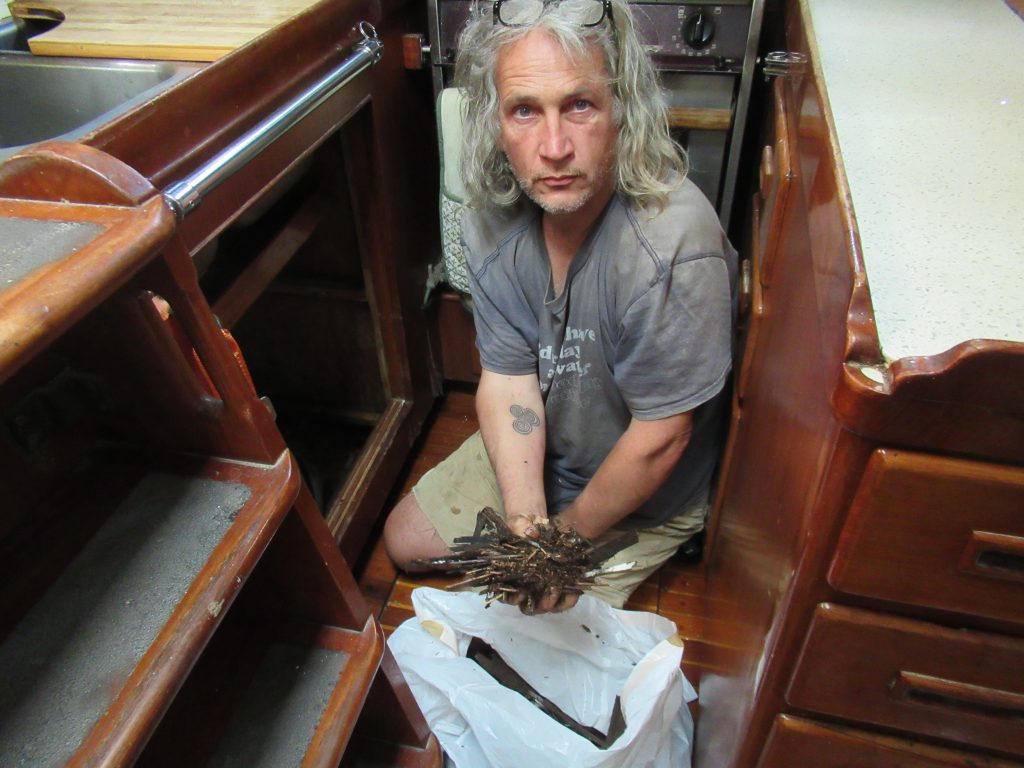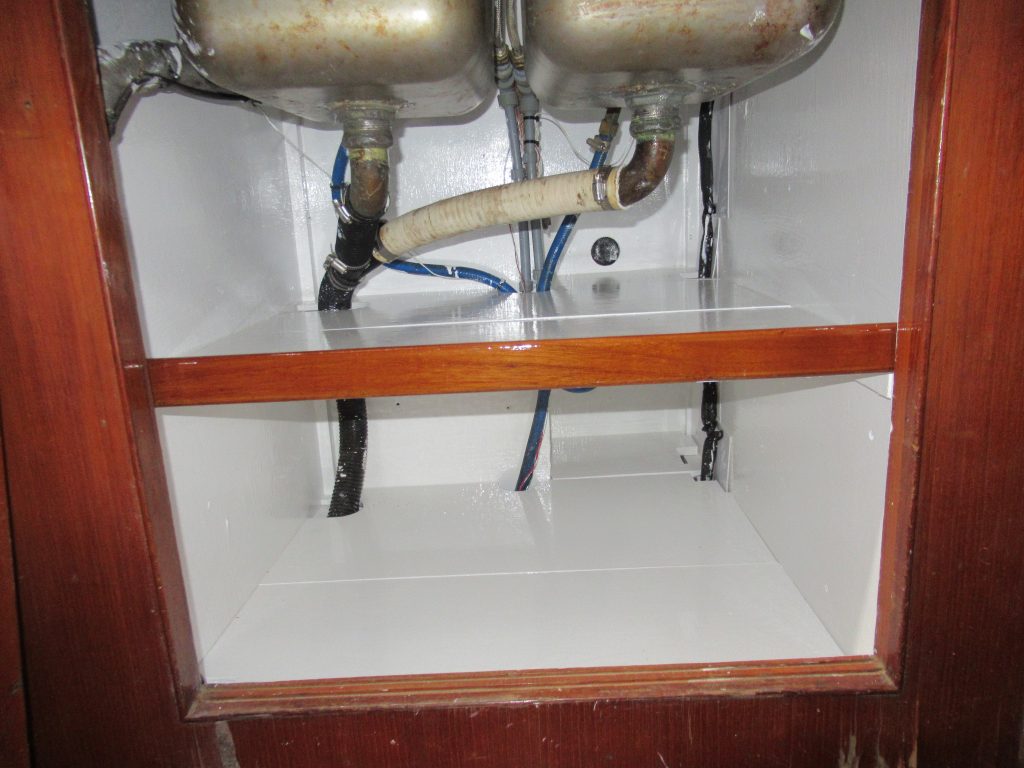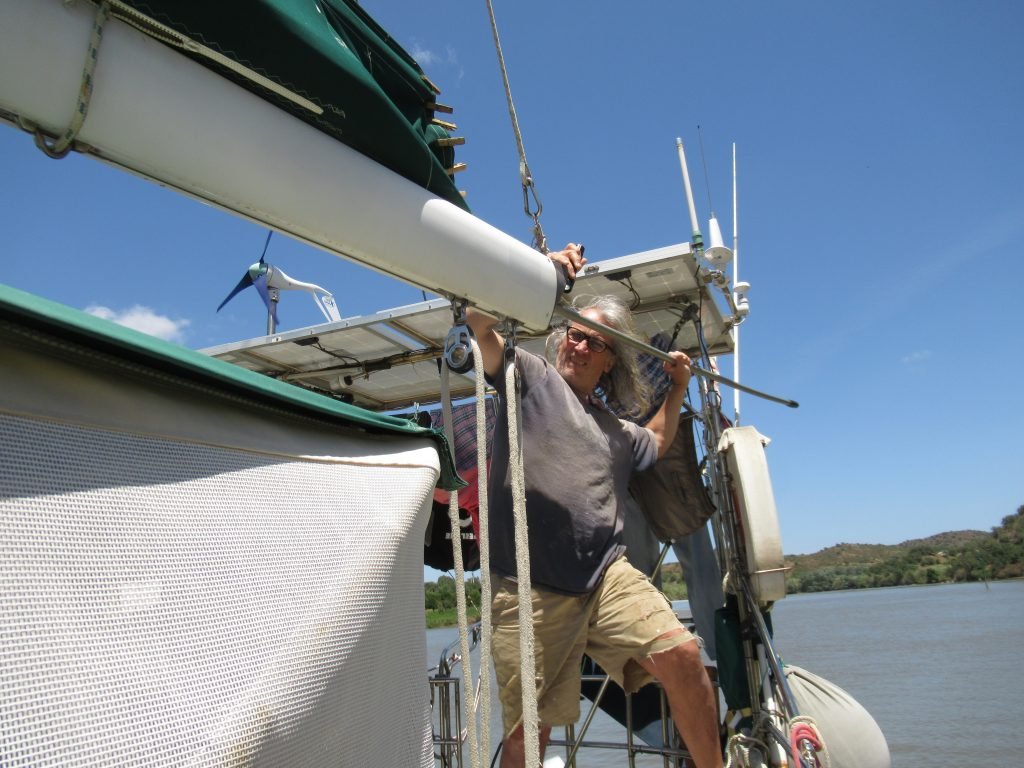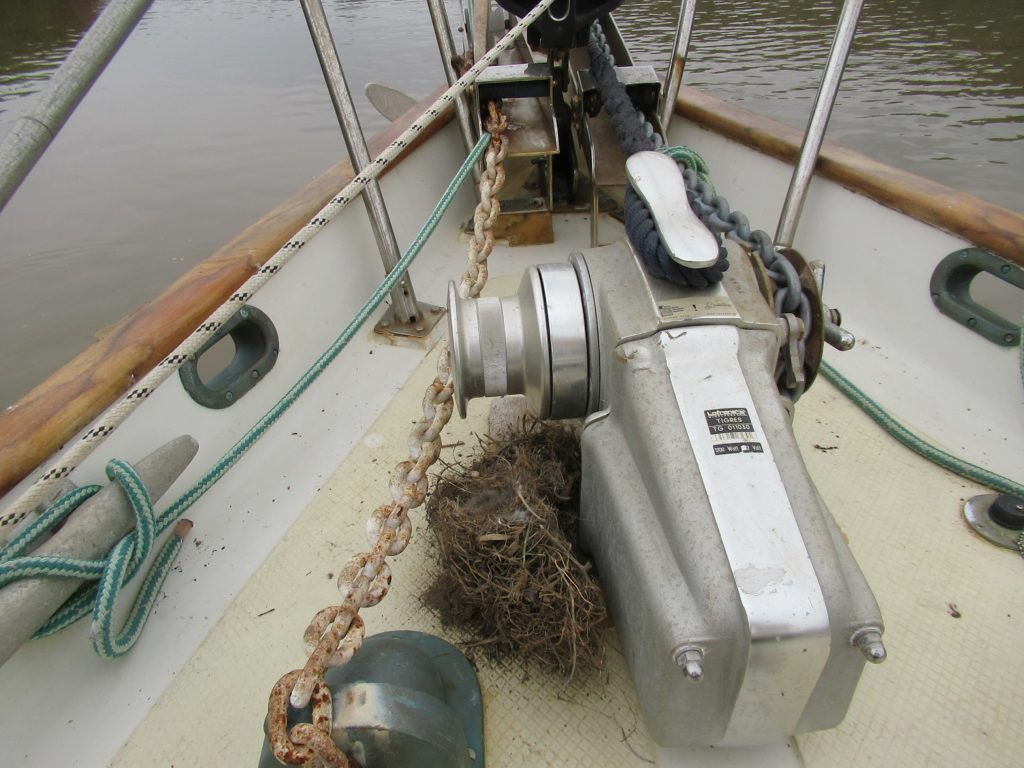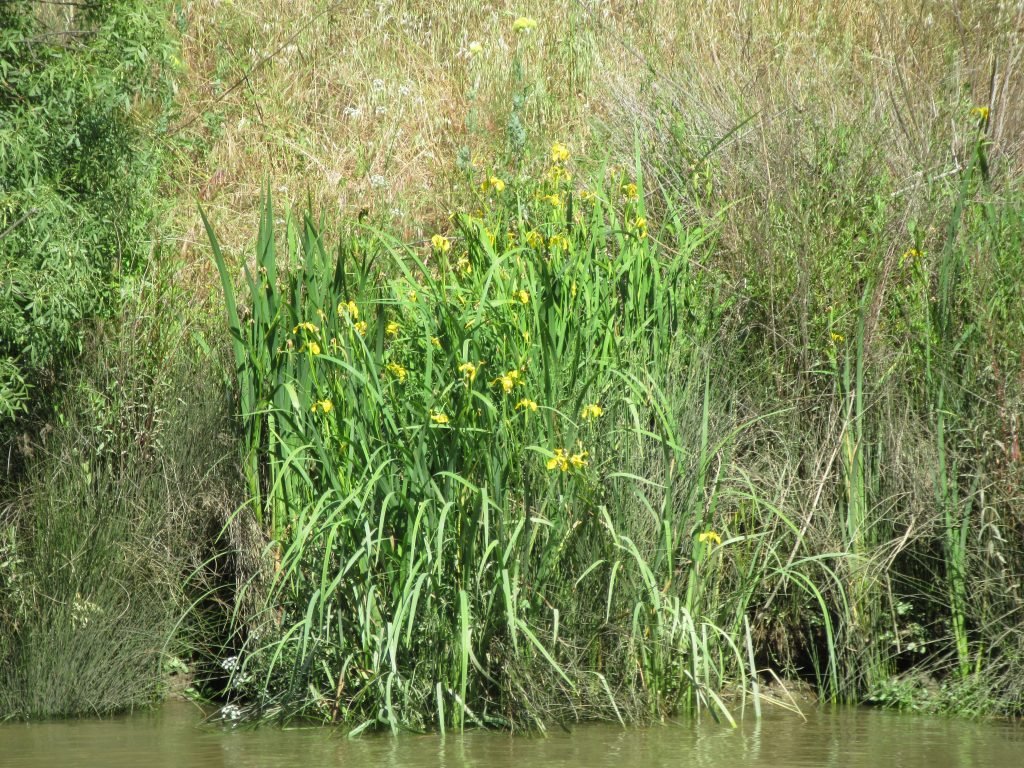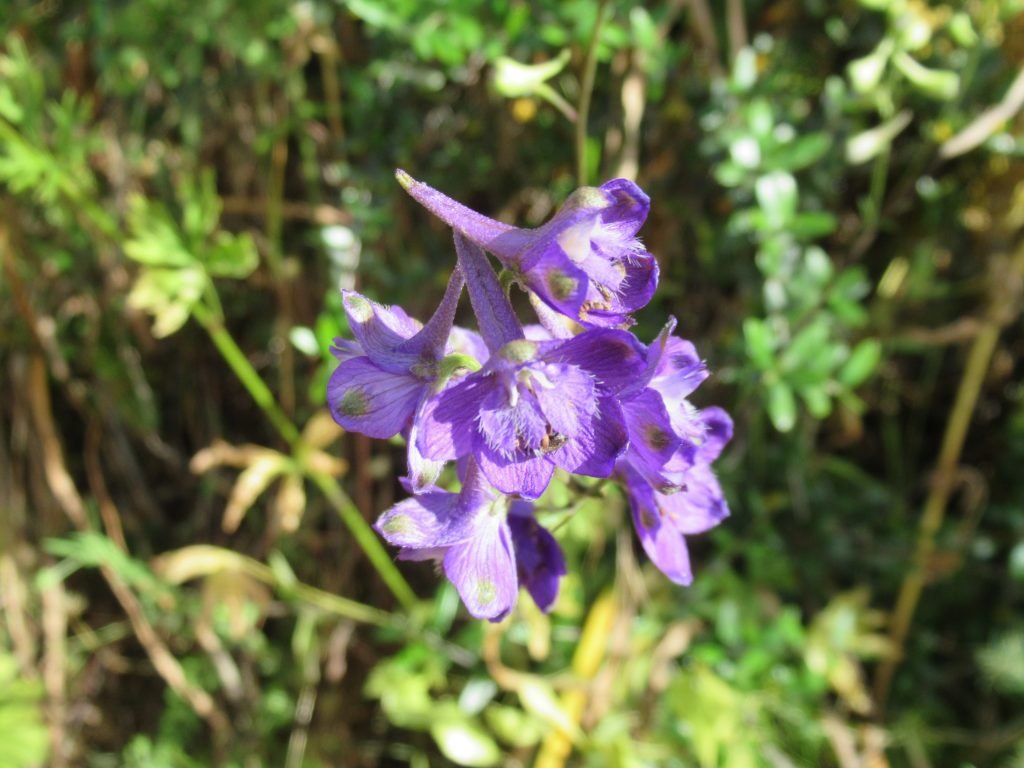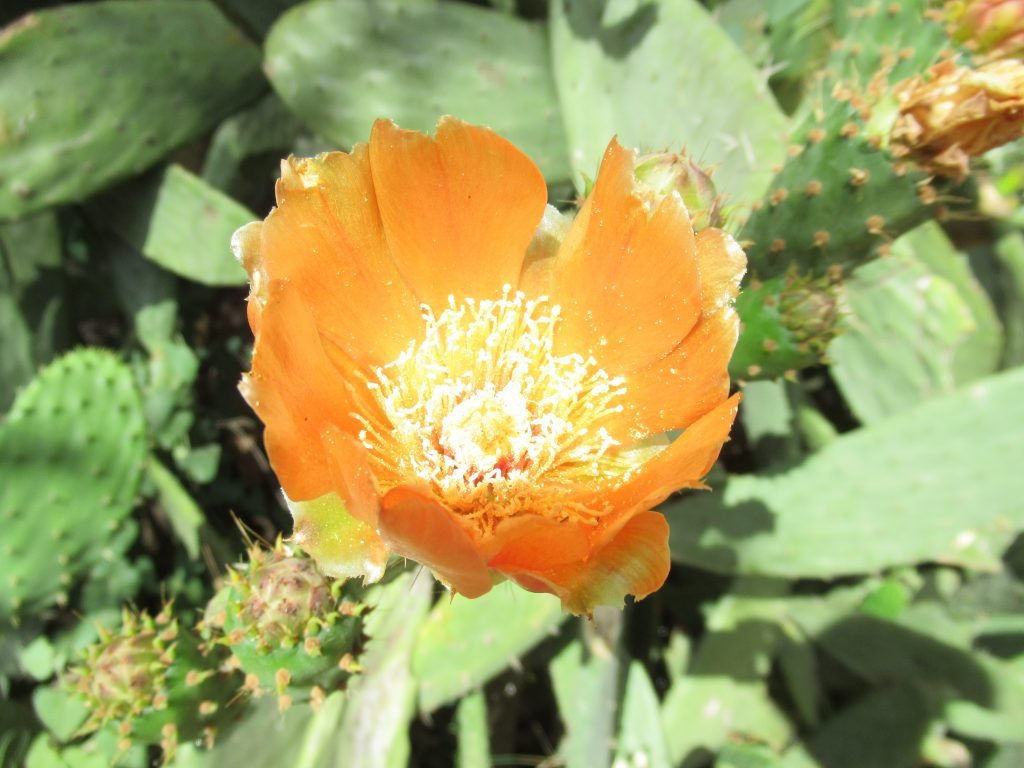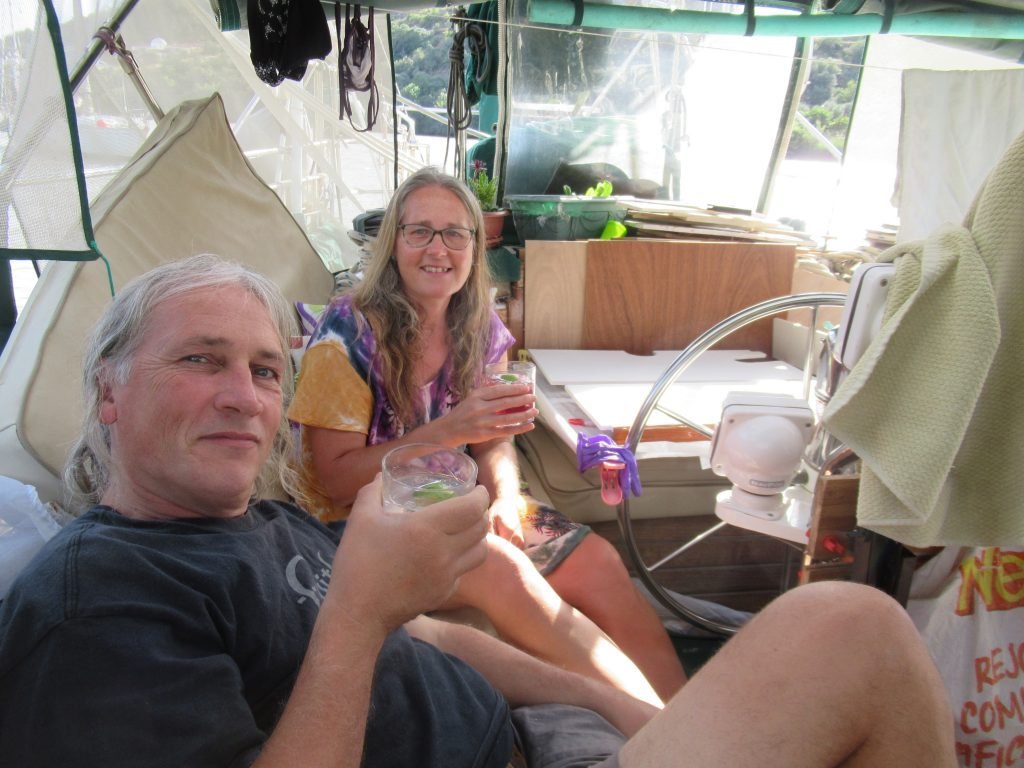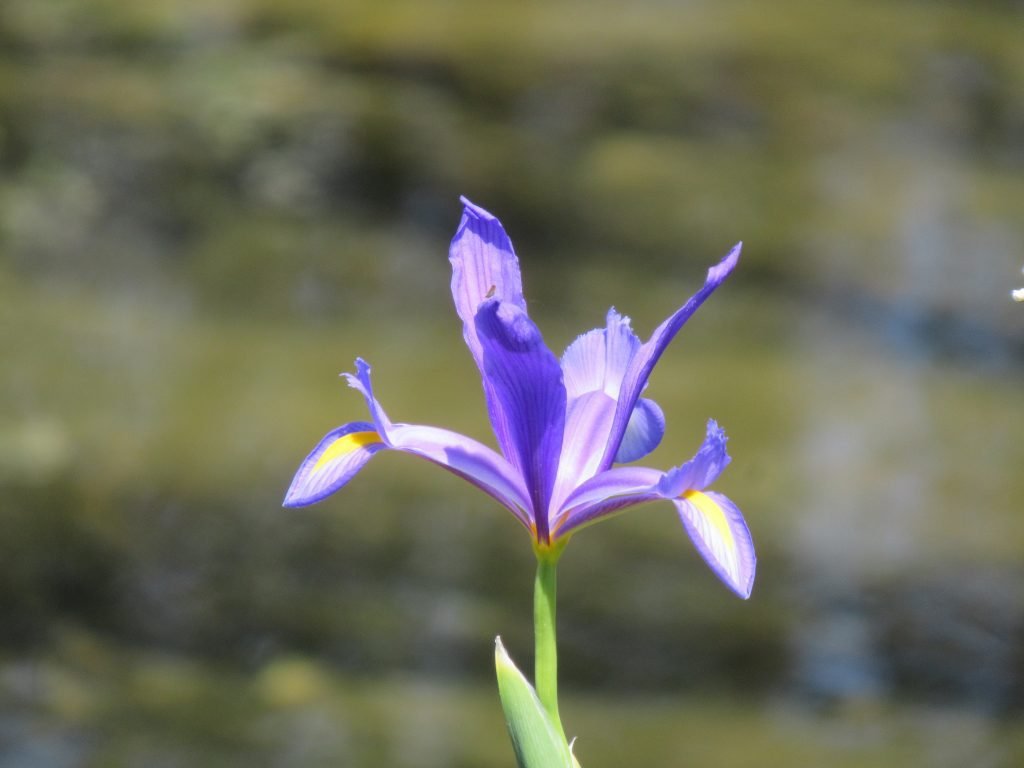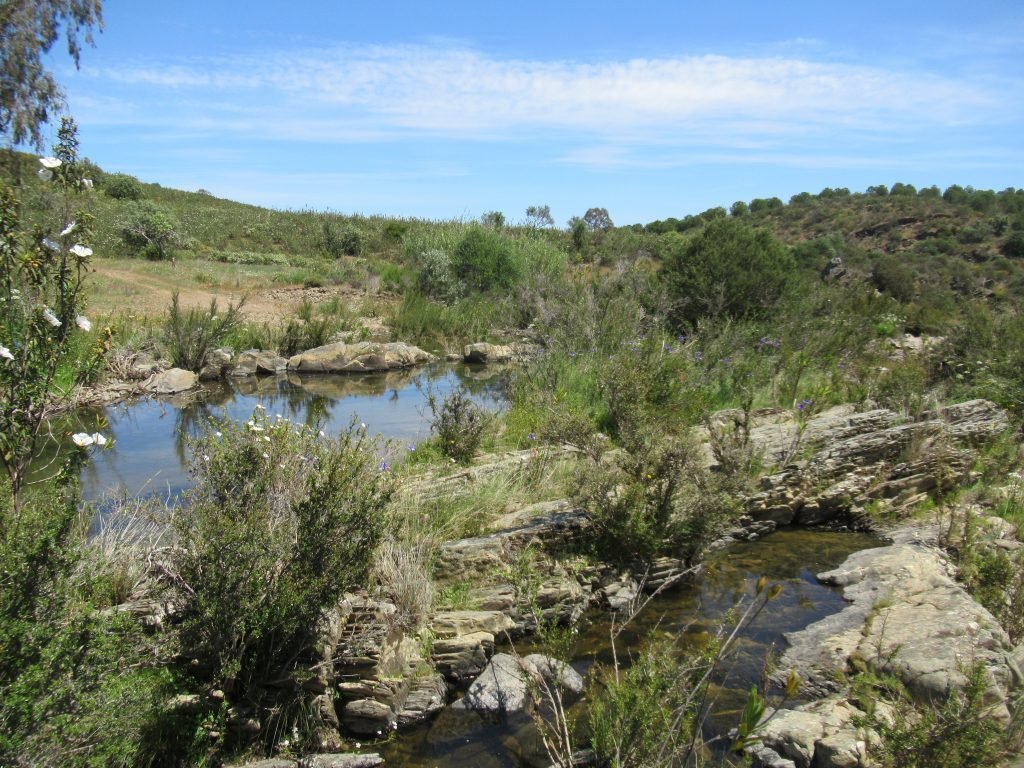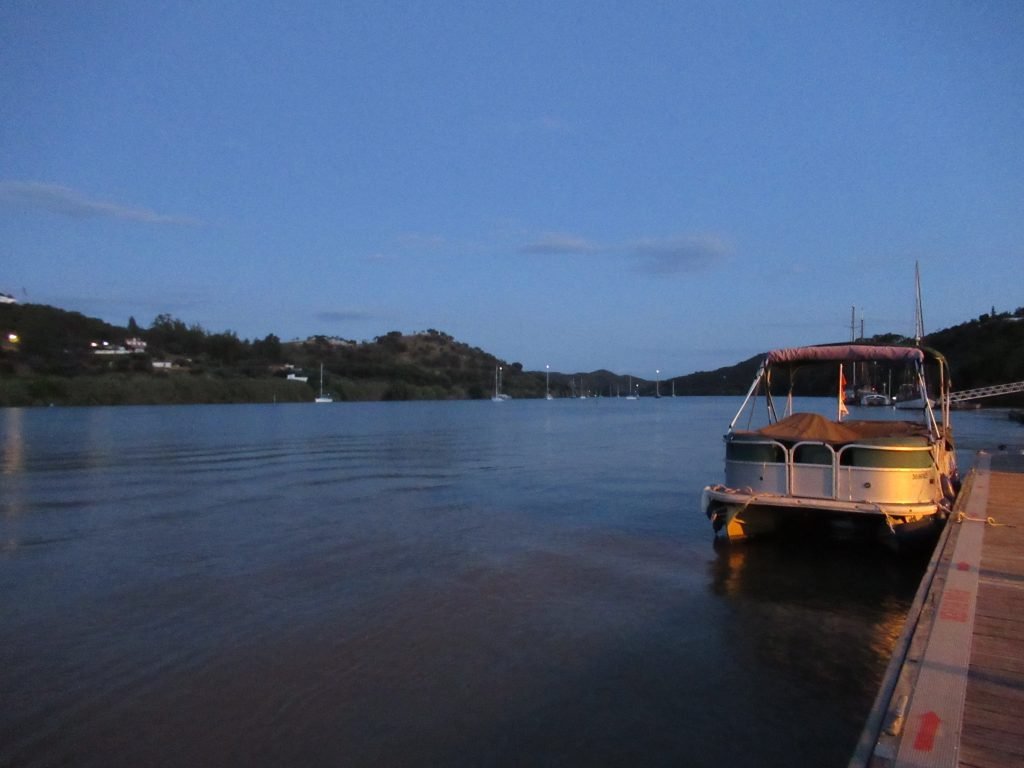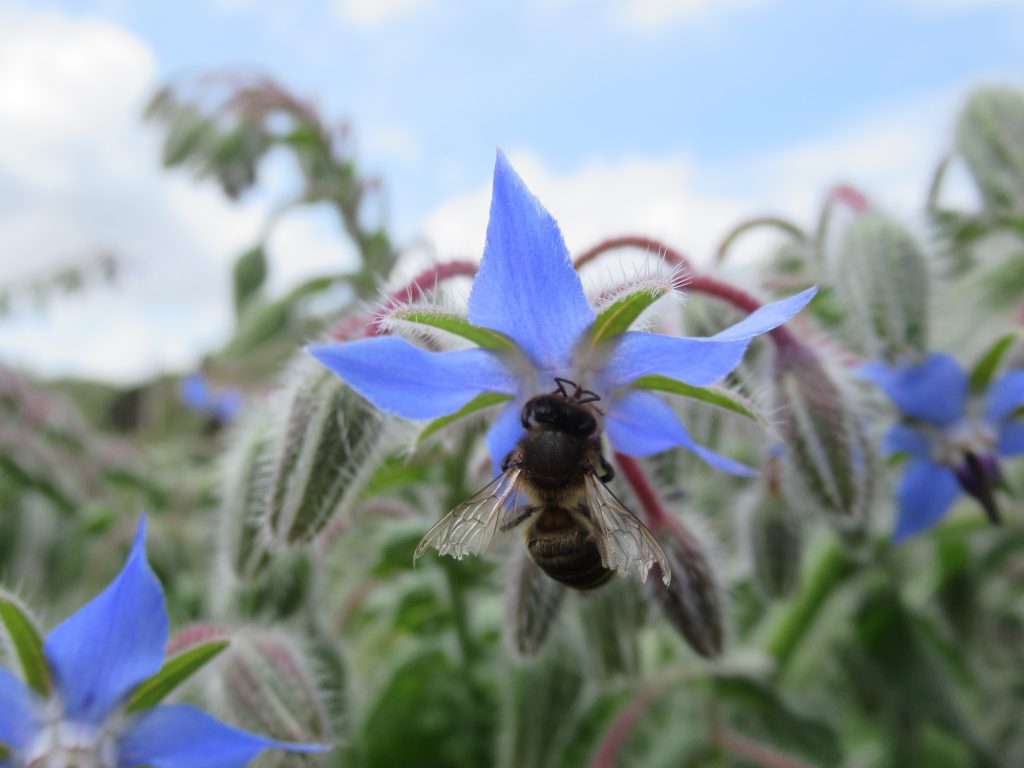Following on from the blog reviewing our winter in the river, springtime in the Rio Guadiana was relatively short. The frosty, cold days of winter were soon forgotten, as daytime temperatures in April hovered around the low 20s centigrade. Then in the first week of May, they shot up to almost 30C. Other than a few cloudy days when a north wind blew strongly, the majority of days have remained warm with only a few drops of rain.
From Easter onwards, as Covid infection numbers fell, Portugal began an easing of restrictions. We could once again meet up with friends in a bar or cafe, albeit in small numbers per table. Life felt like it was beginning to return to a little to normal.
There was still one major boat repair that we wanted to get finished before the summer. The galley cupboard had been suffering from damp recently, and we wanted to find out what was going on.
Galley Repairs
Some time ago we noticed a lot of damp in the large cupboard under our galley sinks, where we keep cooking pots. The cupboard has two shelves, and under the lower shelf is a plywood sub-floor. This stretches from the port hull, passes under the fridge, cupboard, and freezer, floor, chart table, and all the way to the starboard hull.

Repairing the Rotten Galley Floor
I say “there is a plywood sub-floor”, however, when we lifted out the lower galley cupboard floor, it was obvious to see that the sub-floor had become a “was”. All that remained of it was a soaking, rotten pile of wood slivers that smelt of mushrooms. We quickly put the shelf back whilst we planned a repair.
During the boat’s construction, the builders had nailed the floor onto hardwood stringers. The stringers run across the width of the boat and provide strength to hold the cabin furniture up. It was reassuring to see and feel that the stringers remained solid and undamaged.
Our main concerns were what was now supporting the fridge and freezer boxes and where was the moisture coming from?

Where Does the Support Come From?
We asked for advice from the Kelly Peterson owners group. Members replied and shared photos of their own galley refits, helping us understand how the fridge was installed. The fridge was sitting higher than the floor, on blocks that in turn rested on the stringers. In reality, given the floor’s condition, if it had been supporting the fridge, the fridge would have dropped a long time ago. But, being the “belt and braces” kind of people we are, we epoxied in a couple more hardwood supports underneath the fridge, bracing them off of the hull.
Where Was the Moisture Coming From?
There were two culprits here. The first source was condensation running down the inside of the hull. Ideally, this would normally run into the bilge. But, at some point, the gaps through which the water ran had become blocked with the detritus of time. This was the same cause of our problem with the bathroom floor.
The second source was the fridge pipes, which rested upon the sub-floor. During the fridge installation in 2015, we’d wrapped the pipes in insulated foam tubes to help with the fridge’s efficiency. Now, the foam was heavy and saturated with water. We do not know why. Water was dripping down the pipes and soaking into the sub-floor. I’m ashamed to say, the pipes were also very slimy in places.
Fixing the Problems
Colin filled 4 bin bags with the wood bits he scooped out of the bilge. But this was not without its hazards. Remember the nails that I mentioned that once held the floor in place? They’re made from Taiwanese stainless steel and unlike most of the other stainless items on the boat, had survived the intervening 40 years, intact. The nails laid in wait as he blindly stretched his hands under the floor to round up all the wood. His poor arms subsequently looked like he’d lost a fight with a very angry cat. So, before they caused any more damage, he pulled them out with pliers.
Then he cleaned and painted the hull with a coat of oil-based primer followed by a coat of oil-based gloss. Doesn’t everything look better with a fresh coat of paint?
Rather than build a whole new sub-floor, he decided on installing hardwood wooden battens. These formed a slatted floor under the galley cupboard and provided support for the fridge pipes. Any moisture should then freely drip into the bilge.
The last task was to make new shelves for the galley cupboard. Not so straightforward when each shelf didn’t have right angles and needed cutouts for the pipe runs. More paint and the job was a good-un.
The Back Filling Sinks
Another galley problem that we’ve lived with since owning the boat is the issue of the back-filling sinks. Emerald has two deep sinks, which are great for washing up or storing dirty crockery whilst at sea. We tend to use one as our main washing up bowl, the other is a holding sink. The sink outlet pipes were the same length, connecting via an equal-T elbow into a single pipe down to the seacock drain.
The problem came when we pulled the plug to let out the dirty water. Because both sink outlet pipes were the same length, we would get dirty water feeding back up to the second sink. The result was that all the detritus in the water was left behind in the second sink.
Replacing the equal-T with a V elbow and making the sink outlet pipes of unequal length resolved this issue.
Springtime Nature
The colourful flowers that had carpeted the countryside began to die back as temperatures rose. In their place grew tall, swaying grasses. It’s been a privilege to witness the changes, I’ve never experienced such a riot of vibrant wildflowers.
However, one day, we discovered that nature had got a little too close for comfort. For several days, we’d been wakened at dawn by the chirping of a bird sitting on our solar arch. It returned during the day and we managed to spy that it was a sparrow.
I was trying to get video footage of it when I saw it disappear into the end of our boom! After it had flown out I looked inside. The industrious bird had deposited a large amount of grasses, that spread quite some way back down the boom. We shone a torch and gently felt around, but couldn’t find any eggs. As we’ll be moving to a boatyard soon, we felt it better for the bird to allow it to find a new home now.
Colin had to use the boathook to retrieve all the grass, once it was cleaned out, we closed up the end of the boom with a bag. Hopefully the bird had time to make a new nest in a more suitable place.
And more recently, Colin discovered a dead sparrow under our anchor bow roller. He then took off the cover on the anchor windlass, with the plan to test it before our departure. Tucked underneath was a very neat nest, with the sad remains of a fluffy chick. Mother nature can be cruel.

The perils of springtime in the Rio Guadiana. A bird has tried to make a nest in our boom 
Colin uses the boat hook to retrieve all the grass 
The boom and sail bag are now closed to visitors 
We found a nest under the windlass cover
Becoming a Water Babe
Over the years we’ve been in the Med, we’ve usually organised or joined in with a Christmas time swim. We’d planned to here, but it clashed with the timing of our Christmas dinner. I then learned that there two women who’d been outdoor swimming right through the winter. I considered them incredibly brave!
After a long walk one Sunday in early March, I felt brave enough to try it out for myself. It was pleasantly breathtaking, and not in a visual way!

The sun was shining and fluffy white clouds lazily drifted across the blue sky. After changing into swimming things, the sun was pleasantly warm on my bare skin. I was apprehensive, after all, we’d just waded through a swollen stream and that had been feet-hurting cold. I gingerly walked down the slope, not enjoying the sharp stones underfoot.
The next step took me into the water. Brrr! I hesitated, but I’ve found the best way to deal with cold water swims is to just go for it. I stumbled over a few more stones into deeper water and threw myself forward. The cold enveloped me, but it wasn’t as painful as expected and I swam a few strokes.
Afterwards I was buzzing, I’d definitely experienced an endorphin hit.
I swam again the next few Sundays, increasing the distance each time. By early April I was swimming a couple of times a week. In the warm weather, it’s a wonderfully refreshing exercise and I admit I could well be addicted to it.

Alentejo stream 
Mesquita 
River side yellow iris 
This was once a river 
Spring flowers 
Cactus flower 
Cheers 
Iris 
new life 
Picnic spot 
Longer evenings 
A bee feeding
The Social Media Bit: Want to Follow Us?
If you’d like to follow us on other social media platforms (Facebook, Instagram and YouTube), you can do so by using these links:
Or use the link below to track our voyage on NoForeignLand.com.
And finally, you can sign up to receive email notifications of new blogs using the subscribe box at the bottom of this page.
Thank you from Nichola & Colin


